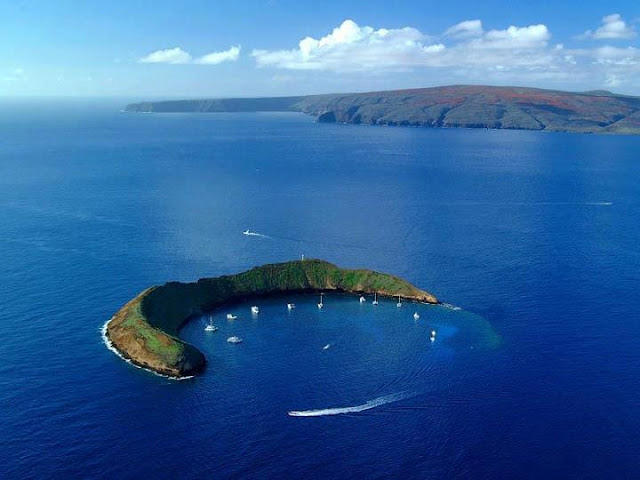#1
The Gateway to Iceland

Vatnajökull is the largest and most voluminous Icelandic glacier, and one of the largest in area in Europe, around 3,100 km³ constanly changing it's formation. It is located in the south-east part of the island, covering more than 8 percent of the country.
#2
Vatnajökull is the largest and most voluminous Icelandic glacier, and one of the largest in area in Europe, around 3,100 km³ constanly changing it's formation. It is located in the south-east part of the island, covering more than 8 percent of the country.
Under the ice cap there are several volcanoes, like many of the glaciers of Iceland. It´s quite hard to photograph the real depth of the ice inside the caves, but looking into the walls is like an endless 3d depth of blue ice. There is plenty of ash inside the cave, from the recent erupting volcano in Grímsvötn last spring.
According to Guinness World Records (GWR), Vatnajökull is the object of the world's longest sight line, 550 km (340 mi) from Slættaratindur, the highest mountain in the Faroe Islands. GWR states that "owing to the light bending effects of atmospheric refraction, Vatnajökull (2,109.6 m), Iceland, can sometimes be seen from the Faroe Islands, 340 miles (550 km) away".



























